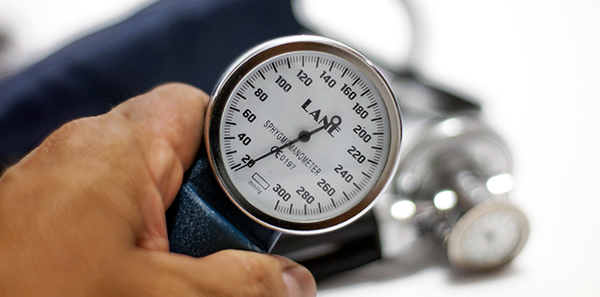
Orthostatic hypotension consists of a sudden drop in blood pressure when changing posture, from lying down or sitting for a while, to standing up quickly and unexpectedly.
With the passage from the decubitus to the standing position, a displacement of blood occurs, causing 500-700 ml of blood to be retained in the lower limbs and in the splenic area (spleen), leading to a reduction in venous return and cardiac output.
When the mechanisms that maintain blood pressure fail, orthostatic hypotension occurs, which can result in syncope (fainting) if the patient sits up or stands up.
Syncope is defined as a sudden, short-lived loss of consciousness and postural tone that resolves spontaneously without neurological sequelae. It is caused by a sudden drop in cerebral flow, which produces a transient deficit of cerebral metabolism. It is a common clinical profile. About 20 per cent of the adult population has had a syncopal episode at some point in their lives.
The term presyncope is used to describe abrupt episodes of clouded consciousness and unsteadiness, from which the patient recovers quickly without actually experiencing complete loss of consciousness. This is regarded as a failed form of syncope.
Orthostatic hypotension is diagnosed when there is a reduction of 20-15 mm Hg between the intake of systolic BP in the decubitus position and 2 minutes after going to a standing position. In the elderly this tends to be a frequent occurrence.
The causes are numerous and range from functional disorders to severe neurological processes that affect the baroreceptor reflex arc.
The most common causes include:
- Reduction of intravascular volume (bleeding, dehydration).
- The adverse effects of certain drugs (diuretics, hypotensive agents, vasodilators, beta‑blockers etc.).
Elderly people are particularly sensitive due to lower baroreceptor sensitivity, lower brain flow, and arteriosclerosis.












